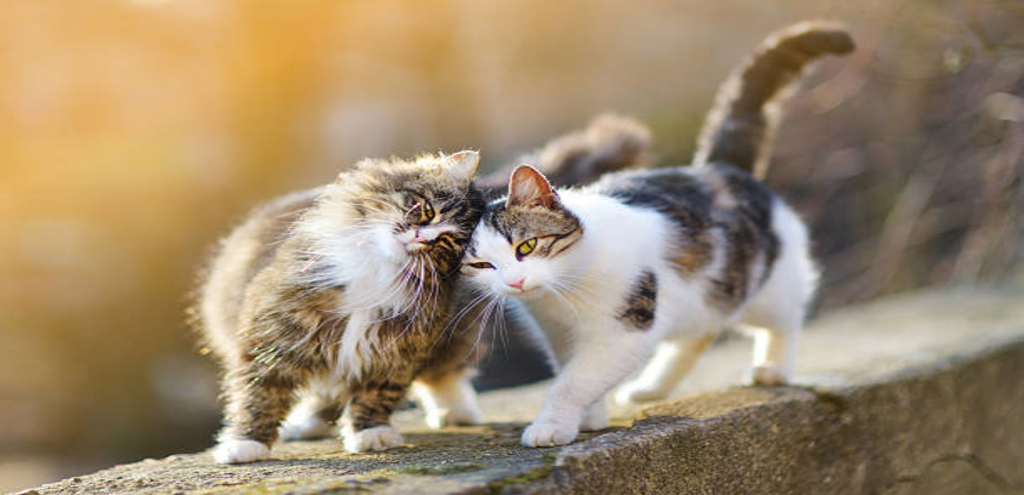By Ambria Davis
There are many animals all over the AUM campus, from various species of birds, squirrels, insects, a herd of deer, to the occasional opossum. However, there is a family of feral cats that takes residence outside the housing buildings. Since the time I started attending AUM, I’ve seen many feral cats throughout the campus and even a stray dog last year. I never seen a problem with the cats, since they stay a decent distance away. I do understand that they are a potential threat for rabies and other diseases that they can transfer to humans. Additionally, feral cats are three times more likely to contract rabies than stray dogs.
During my freshman year, the grounds crew used to set out canned cat food under the street lights throughout the campus around four or five a.m. The next semester came and the cats were gone. I wondered if they perished in the 2014 snow storm or were they removed from campus. Now, there is a new family of feral cats on campus and my fellow resident members have even named them. I never named them because they are feral, however I do know there is a mother cat and her three-adult offspring. The mother cat is fearful of humans, while her kittens are friendly and will walk alongside you on the sidewalk. Only one kitten will allow you to pet it, but not to pick it up. I find the cats beneficial to the campus because they keep snakes, rats, mice and other unwanted critters away from the housing complexes. On the contrary, I do agree with the housing department to remove the campus cats because of diseases and the safety of the students. I have witnessed cars try to run them over and other students throw things at them. I am for the safety and welfare of the cats and they should get a new place to live for the rest of their lives.
Since the housing department are humanely removing the cats off campus, the cats will be spayed (female reproductive organs removed) and neutered (male reproductive organs removed), which will create a small dent in the feral cat population in the area. According to Solano Feral Cat TNR (Trap/Neuter/Return) Task Force, if the campus cats did not get spayed or neutered, then statistically, a breeding pair of cats can produce 3.5 offspring per litter, annually or sometimes semi-annually. Over a seven-year period, a breeding pair can produce 420,000 kittens. However, the AUM housing department is preventing the overpopulation of feral cats on campus by spay and neuter and release to a different location. Within a year or two, there will be a new family of felines roaming the housing complexes and the housing department will remove them again.






Feral cats create a huge negative impact on the places they live. I’m all for Trapping and Neutering, but releasing them will only further the environmental detriment